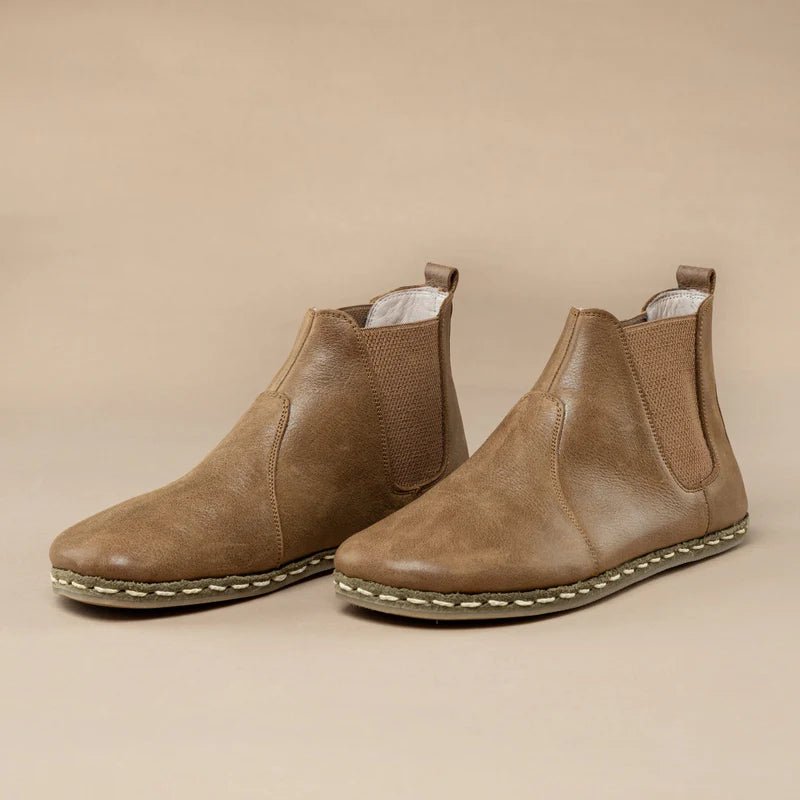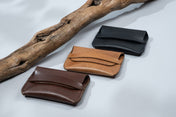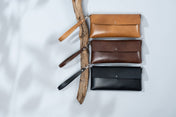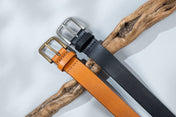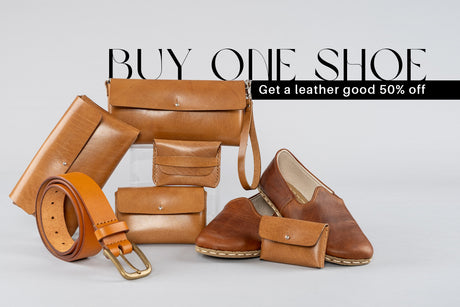Embracing barefoot boots represents a conscious shift in footwear philosophy. Initially, one might observe a notable improvement in foot mechanics. Subsequently, this minimalist approach can enhance posture and reduce stress on joints. Moreover, the sensory experience is amplified, fostering a profound connection with one's environment. Additionally, the muscle engagement in the feet and legs intensifies. However, individuals with specific foot ailments should proceed with caution. Ultimately, transitioning to barefoot boots offers a refreshing journey toward physical well-being and environmental attunement.
A Closer Look at Barefoot Boots
The transition to barefoot boots is a transformative experience for the modern walker. These boots, sculpted to align with the contours of the human foot, advocate for a walking experience as close to nature as modern innovation permits. The design eschews the excess padding and restrictive contours typical of traditional footwear, aiming to reduce common foot problems instead.
One of this footwear's primary advantages is facilitating a natural stride. The boots offer minimal interference with the foot's natural movement, which can lead to decreased foot-related discomfort. Moreover, they encourage the wearer to adopt a more upright stance, promoting spinal alignment and reducing strain on the hips and knees.
The benefits extend beyond mere comfort:
- Enhanced tactile sensation due to thin soles, improving balance and gait.
- Increased engagement of foot and leg muscles for a stronger foundation.
- Reduced likelihood of conditions like plantar fasciitis due to better foot mechanics.
Despite these advantages, barefoot boots are not universally suitable. Individuals with certain medical conditions affecting their feet may need to consult healthcare professionals. In summary, while barefoot boots present many benefits, they demand a careful approach to ensure compatibility with one's health needs.
What to Expect
Adopting barefoot boots is a gradual immersion into a more primal movement mode. Initially, the wearer might experience an unexpected awareness of the terrain beneath their feet. This is due to the minimalist design that strips away the buffering layers found in conventional shoes. Consequently, the foot's natural mechanics come into play, leading to a reeducation of movement patterns.
In the ensuing weeks, a transformation occurs as the body adjusts to this newfound freedom. The individual becomes attuned to the subtle undulations and textures of the ground. This sensory feedback encourages the development of a gait that mimics the inherent stride of walking unshod. Moreover, the stabilization required on varied surfaces acts as a natural training regimen for the muscles in the feet and lower legs.
Barefoot boots, with their thin and pliable soles, provide a host of benefits:
- They allow for a wider range of foot movement, thus strengthening foot muscles.
- The reduced heel-to-toe drop promotes a more aligned posture.
- There is a potential decrease in joint impact, which might alleviate chronic discomfort.
Nevertheless, individuals need to acknowledge the need for a transitional period. The process should not be rushed, as the feet and body must adapt to the different demands of barefoot boots. Furthermore, people with pre-existing foot conditions must seek professional advice before switching.
Ultimately, the journey towards integrating barefoot boots into one’s life is a commitment to embracing a more naturalistic approach to walking. The wearer learns to navigate their surroundings with a new perspective, engaging with the world from the ground up. This shift promises physical health benefits and offers a deeper connection to the environment with every step taken.
The Unseen Advantage of Barefoot Boots
The transition to barefoot boots is a journey back to the origins of human movement, encouraging a more natural interaction with the world. In adopting such footwear, one experiences an unparalleled tactile sensation, as the thin soles of these boots are designed to mimic the touch of bare feet on the ground. This leads to an enhanced awareness of the terrain, providing a unique opportunity for the wearer to engage more fully with their environment.
Wearing barefoot boots comes with a variety of sensory and physical benefits. The design, which typically includes a wide toe box, allows the foot to spread and move without restriction, aligning the body's posture from the ground up. This alignment is crucial for supporting natural movement patterns that can decrease the likelihood of injury over time.
Notably, the benefits of barefoot boots extend beyond physical health:
- They cultivate an acute awareness of one's surroundings as the feet become adept at sensing changes in texture and temperature.
- They encourage a more profound sense of balance and agility, often dulled by overly cushioned shoes.
- They contribute to stronger foot muscles through active engagement with every step, a contrast to the passive nature of conventional footwear.
Despite these advantages, it is essential to acknowledge that barefoot boots are not a one-size-fits-all solution. Specific individuals with pre-existing foot conditions may find the lack of cushioning and support less than ideal.
Ultimately, the unseen advantage of barefoot boots lies in their capacity to reconnect the wearer with the environment and their body. This benefit can resonate well beyond the physical act of walking or running. It is a holistic approach to footwear that honors the body's natural mechanics and the earth it treads upon.
Considerations Before Stepping Into Barefoot Boots
The journey into the world of barefoot boots is not a path that suits every traveler. At the same time, the allure of improved posture and enhanced sensory connection beckons; those with pre-existing foot conditions must navigate carefully. Before one steps into the minimalist design of barefoot boots, a thoughtful evaluation of personal health is paramount.
For individuals grappling with conditions like diabetic neuropathy, the lack of cushioning in barefoot boots could pose risks rather than provide relief. The same holds for those suffering from bunions or hammer toes, where the structure of barefoot boots might exacerbate discomfort. Thus, it becomes crucial for these individuals to seek guidance from a healthcare professional.
Moreover, the transition should be a gradual rather than an immediate overhaul. The feet, accustomed to the support and shape of conventional footwear, require time to adapt to the barefoot alternative. The following steps can be considered to ease into barefoot boots:
- Begin by wearing barefoot boots for short periods during the day.
- Slowly increase the duration as the feet start to adjust.
- Engage in exercises that strengthen foot muscles to support the transition.
- Monitor for any signs of discomfort or strain, adjusting the routine accordingly.
In addition, attention to the fit and style of barefoot boots is essential. Ensuring the boots align well with the foot's natural curve is a crucial aspect of a comfortable experience.
Ultimately, the decision to switch to barefoot must be well-considered, prioritizing comfort and individual health over the trend. With proper care and consideration, transitioning to barefoot boots can lead to a harmonious balance between body, movement, and the ground beneath.

